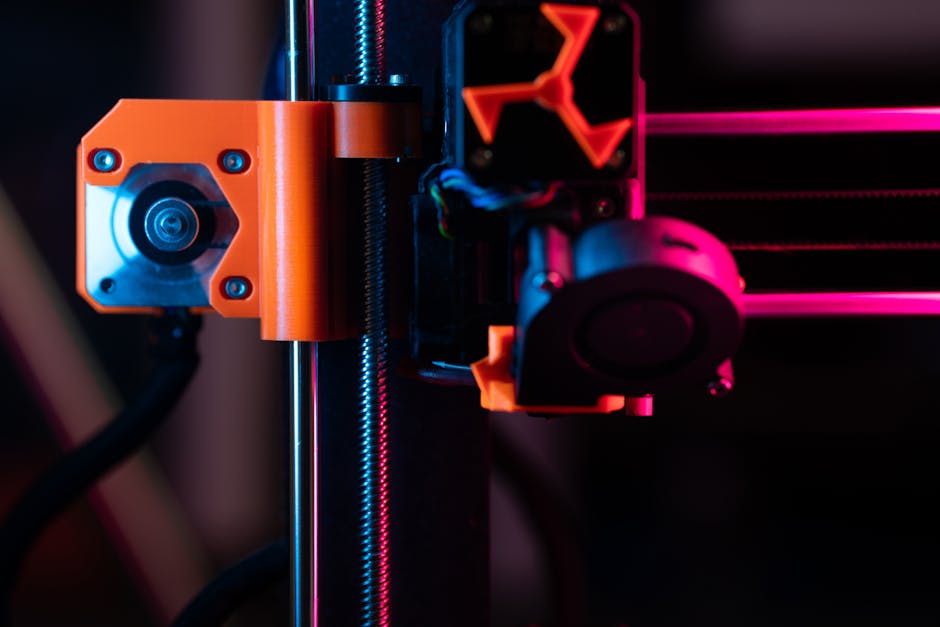Let’s be honest. The human body, for all its marvels, is a bit like a beloved but aging machine. It runs beautifully for a while, but eventually, parts start to wear out, rust, and need a good mechanic. For centuries, that “mechanic” could only offer splints, stitches, and sympathy. Today, we’re entering an age where the human body is becoming the ultimate customisation project.
Welcome to the era of spare parts, where science fiction is rapidly becoming medical fact. Forget Frankenstein’s lab; the modern workshop for human repair is far more sophisticated. This is your guide to the cutting-edge (and sometimes grisly) world of replacing and repairing body parts.
Custom-Fit Upgrades: Replacing Bones and Joints
This is the most familiar territory in body part replacement. Your grandfather’s knee replacement was just the beginning. Today’s orthopaedics is less about standard off-the-shelf parts and more about bespoke engineering. Surgeons now use 3D-printed, custom-fit titanium and ceramic joints, designed from a patient’s own CT scans. Think of it as a perfectly tailored part ensuring a smoother ride for decades.
For severe trauma, doctors are even 3D printing bone grafts and scaffolds that encourage your own bone tissue to regrow. This turns a simple replacement into a true regeneration, giving your body a blueprint to fix itself rather than just inserting a foreign object.
The New Frontier: Repairing and Replacing Organs
Here’s where things get truly mind-boggling. The organ transplant waiting list is tragically long, but science is working on radical solutions.
One major breakthrough is bioprinting, where scientists use “bio-ink”—a gel containing a patient’s own stem cells—to print living tissue, layer by intricate layer. We’ve already seen printed bladders, blood vessels, and skin grafts. The holy grail, a fully functional printed heart or kidney, is still on the horizon but getting closer every day.
In a more audacious and controversial move, we have xenotransplantation – transplanting organs from one species to another. Recently, genetically modified pig hearts have been successfully transplanted into human patients. It’s a surreal concept, but for someone facing certain death, it represents a miraculous second chance.
Sensory Restoration: Repairing Sight and Sound
What if you could replace a faulty sensor? That’s precisely what’s happening in the world of sight and sound repair. Cochlear implants have been changing lives for years, directly stimulating the auditory nerve to bypass damaged parts of the ear.
The real sci-fi stuff is happening in ophthalmology. Bionic eyes, like the Argus II Retinal Prosthesis, use a camera mounted on a pair of glasses to send visual signals directly to the brain. This allows people with certain types of blindness to perceive light and shapes again. It’s not HD vision yet, but it’s a monumental leap from a world of darkness.
The Ultimate Repair: Editing Our Genetic Code
Perhaps the most profound form of body repair doesn’t involve a single replacement part. It involves editing the very instruction manual of our bodies: our DNA.
Technologies like CRISPR-Cas9 act like a find-and-replace tool for our genetic code. Scientists can, with incredible precision, snip out a faulty gene that causes a hereditary disease (like sickle cell anaemia or cystic fibrosis) and paste in a healthy copy. This isn’t just repairing a broken part; it’s fixing the design flaw at its source, ensuring the problem never arises in the first place.
From custom-printed bones to pig hearts and genetic scissors, the human body is no longer a fixed entity. It’s an upgradable, repairable, and endlessly fascinating machine. The line between human and technology is blurring, and while it might feel a little grisly, the future it promises is nothing short of extraordinary.




